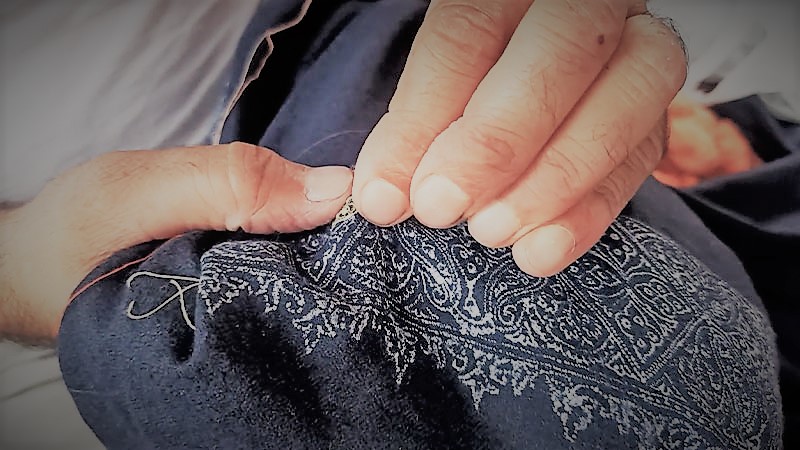
The 7 Pashmina Embroideries that have constantly created masterpieces on The Real Pashmina Shawls from centuries.
Pashmina shawls are often embroidered using traditional hand-embroidery techniques, and there are numerous types of embroidery styles that can be used to decorate them. Here are some of the most common types of hand-embroidery that are done on Pashmina shawls, where each type has a legacy and craftsmanship associated with it:
- Aari Embroidery: This type of embroidery is done using a long needle called an “Aari” and is typically used to create intricate floral or paisley designs.
- Kashida Embroidery: This embroidery style originated in Kashmir and involves creating intricate designs using a combination of chain stitch and satin stitch.
- Sozni Embroidery: This type of embroidery is typically done using a single thread and involves creating delicate floral patterns on the shawl.
- Tilla Embroidery: This embroidery style involves using gold or silver thread to create intricate patterns and designs on the shawl.
- Zari Embroidery: Zari embroidery is similar to Tilla embroidery, but uses metallic thread to create intricate designs on the shawl.
- Crewel Embroidery: This type of embroidery involves using woolen thread to create floral or geometric designs on the shawl.
- Phulkari Embroidery: This embroidery style originated in Punjab and involves creating vibrant floral patterns using a combination of chain stitch and satin stitch.
The specific technical details of each embroidery style can vary depending on the region and the artisan creating the shawl. However, all of these techniques involve meticulous attention to detail and a great deal of skill and patience.
For TheRealPashmina.com uncompromising standards are an overriding imperative. The Brand has made exquisite Cashmere and Pashmina products since a decade and brings to the forefront the combined knowledge and expertise of over 200+ Years, always putting quality, craftsmanship, community, environment and sustainability before quantity. Thanks to extensive research into Pashmina and Cashmere production, we have developed a method that optimizes quality while ensuring sustainable development.
#TheRealPashmina #RealPashmina #PashminaGoatProject #PashminaShawl
Recent Posts

14 December 2023
Original Handmade Real Pashmina Shawls for Sale
Indulge in the Timeless Luxury of Authentic Handmade Pashmina Shawls –...
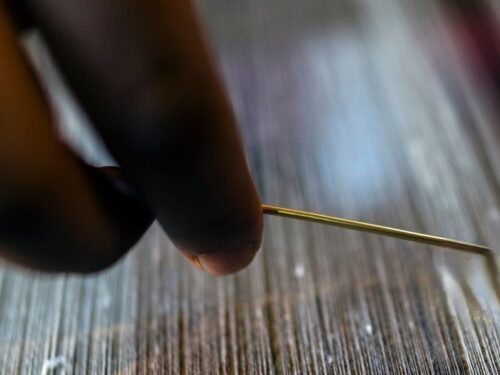
14 December 2023
Real Handmade Pashmina Shawls at Wholesale Price
Introducing the epitome of elegance, the pinnacle of luxury – the...
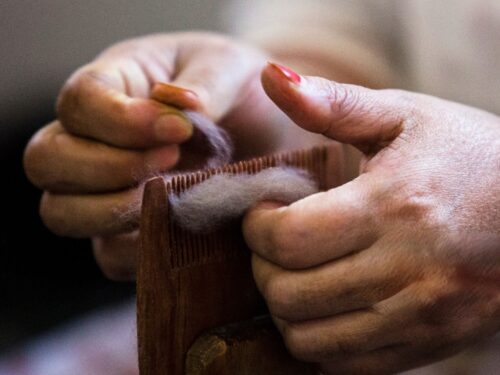
14 December 2023
Quick Tips on How to Care for Pashmina Shawls
Taking proper care of your genuine real pashmina shawl is essential to...
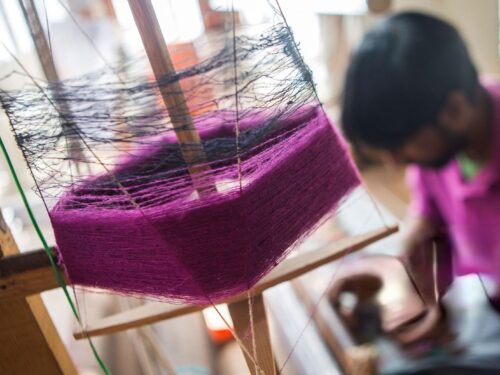
14 December 2023
Authentic Pashmina Shawls Guide for First Time Buyers
Buying a Real Pashmina Shawl for the first time can be an exciting and...
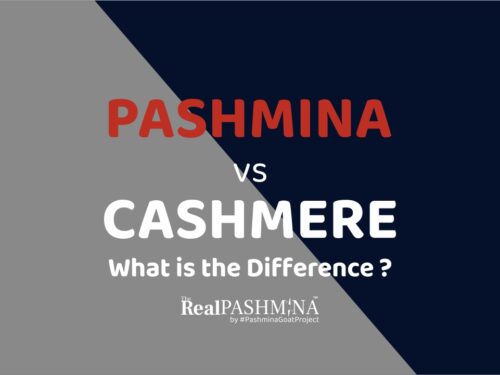
14 December 2023
Pashmina Vs Cashmere. What is the Difference ?
Pashmina Vs Cashmere. What is the Difference ? It was the 15th century when...
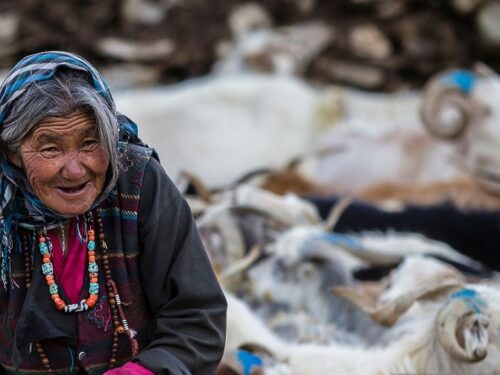
14 December 2023
The Shepherdess of the Real Pashmina Eco-System | The Last Generation in Sight
The Shepherdess of the Pashmina Eco-System This may be the last generation...
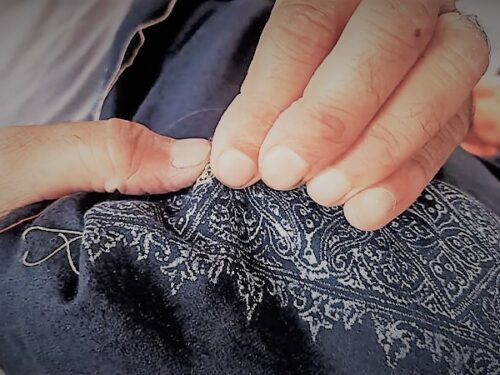
14 December 2023
What are the 7 Real Pashmina Embroideries ?
The 7 Pashmina Embroideries that have constantly created masterpieces on The...

14 December 2023
Why Is SHAHTOOSH Banned?
Shahtoosh comes from the Tibetan Antilope Shahtoosh is a type of wool that...

14 December 2023
Empowering Pashmina Communities Through Your Choices as a Consumer
Empowering Pashmina Communities through Your Choices as a Consumer. As a...

14 December 2023
The Real Pashmina Quick Guide To Sustainable, 100% Handmade Pashmina Shawls
The Real Pashmina Quick Guide (Sustainable, 100% Handmade Pashmina Shawls)...
